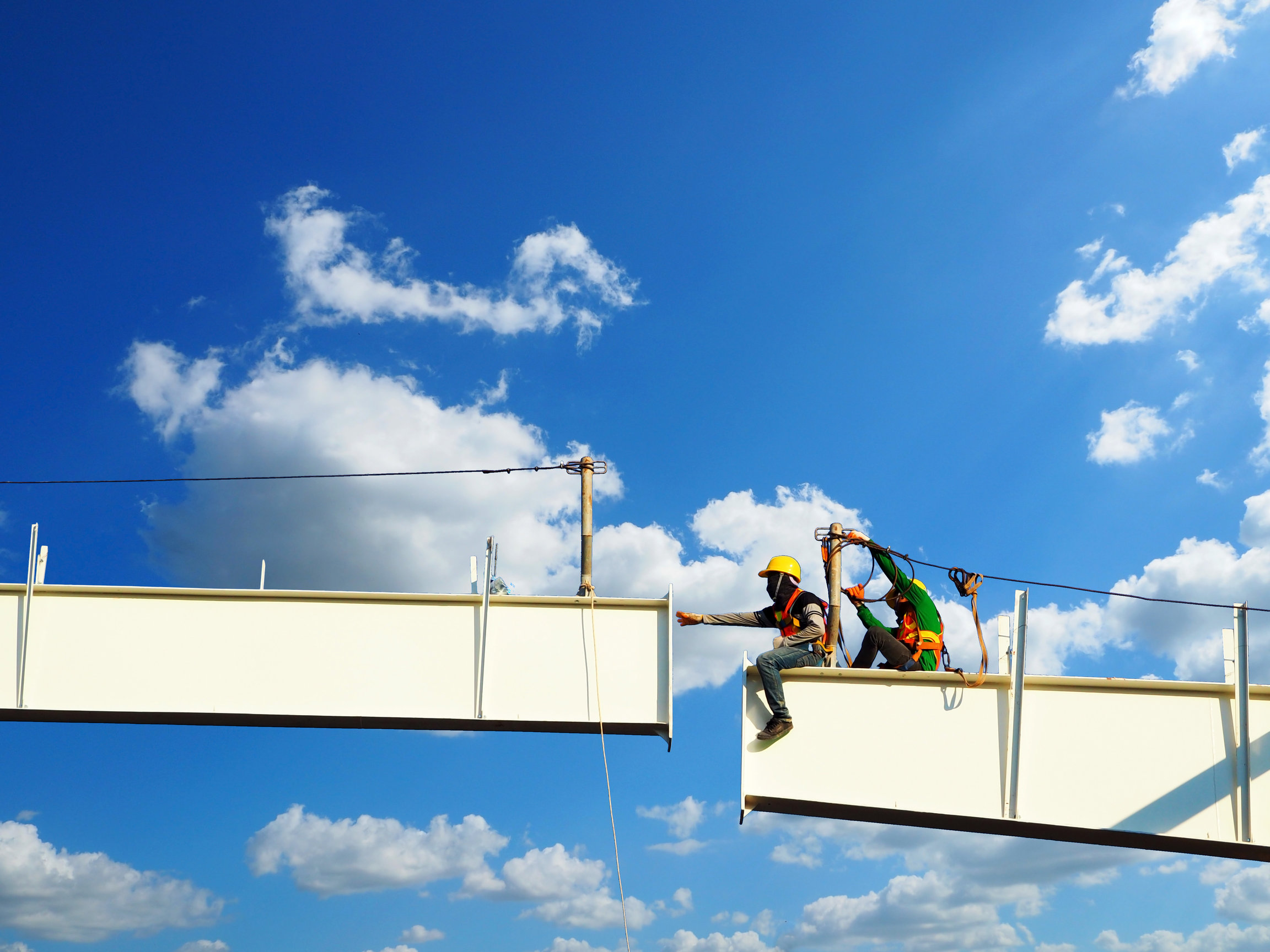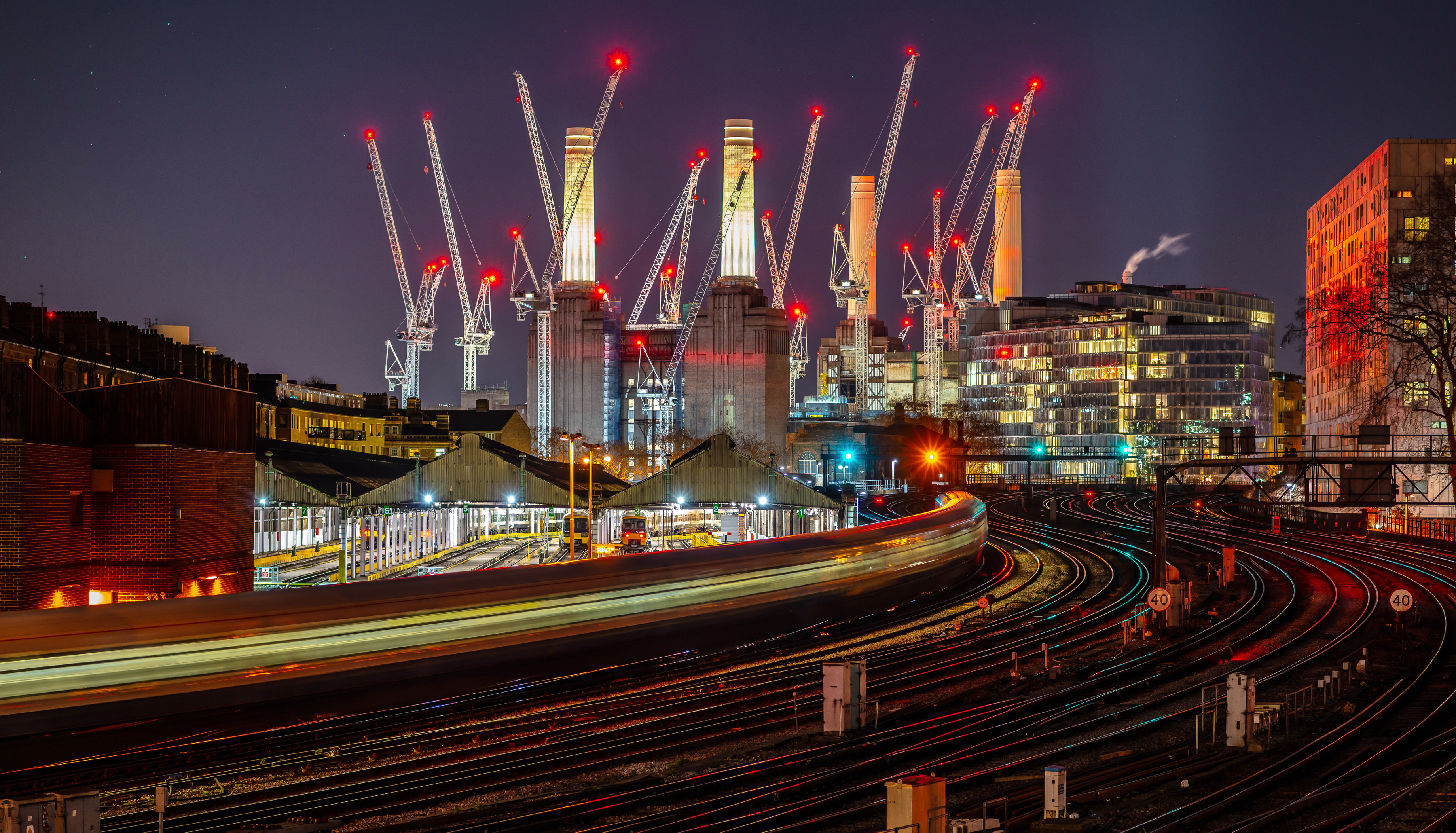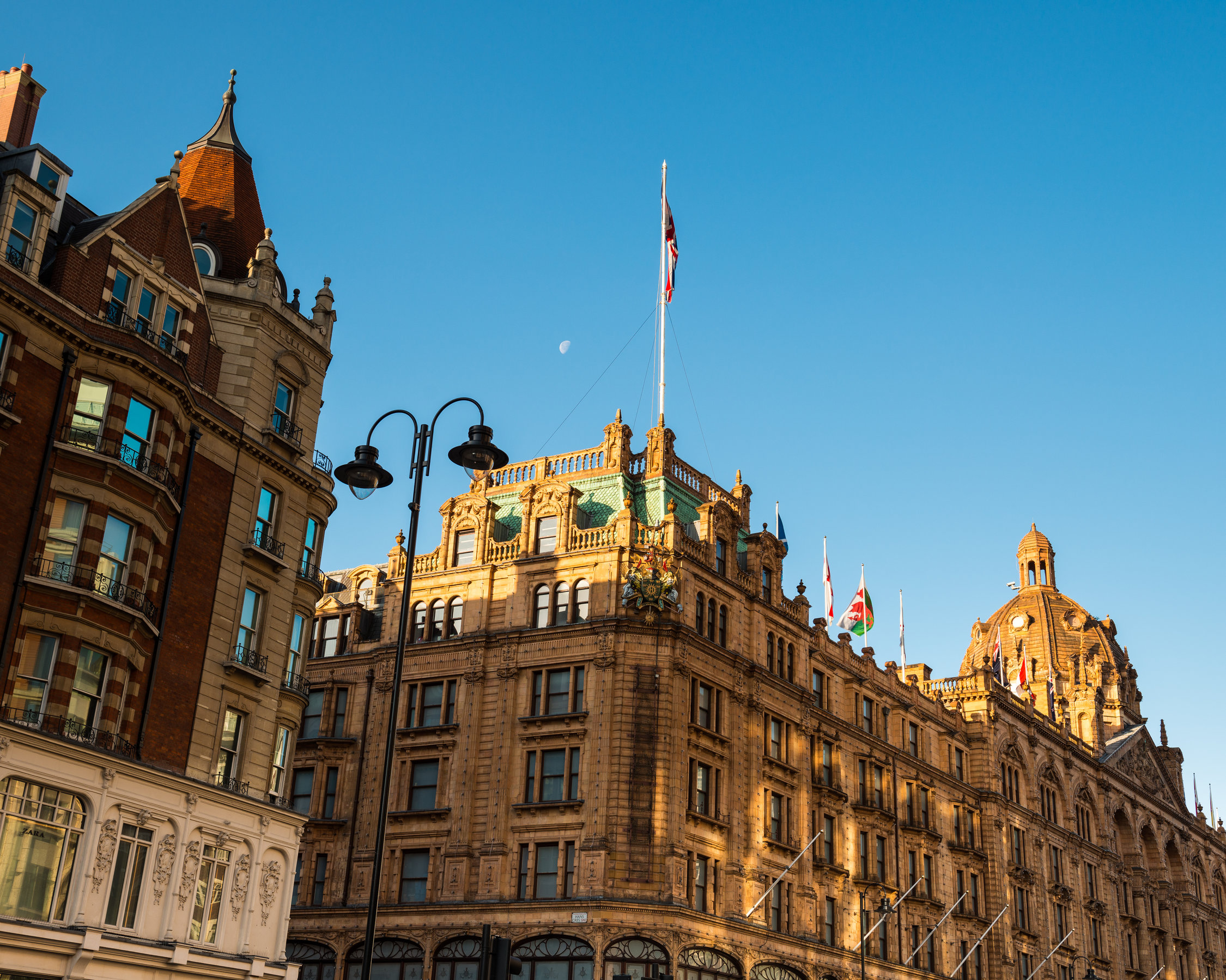discover exciting new projects
find the jobs.-
discover exciting new projects
-

landmarks
There are plenty of opportunities for construction professionals to help maintain historic buildings and landmarks. Become part of history.
-

tall buildings.
Tall buildings are one of the jewels in the construction worker’s crown. Historically important buildings, such as the Shard are the gold standard.
-

infrastructure.
Massive infrastructure projects make such excellent bullet points on a construction professional’s CV. It's no wonder that people jump at the chance to work on them.
-

retail and leisure.
There have been some spectacular retail and leisure destination construction jobs in London recently. To name one, a £220 million refurbishment saw The Savoy re-open after nearly three years.
-

sports stadiums.
Stadia are popular projects with construction candidates – so popular that when we asked people if they’d take a pay cut to work on a blue-chip stadium project, 31% of candidates said that they would.
what is your ideal
construction job?
There’s a huge variety of jobs in construction: renovating the Fulham FC stadium (we recruited for the building work on the AFC Wimbledon ground, too and we have placed people in the new Spurs stadium, the Emirates, Wembley, Olympic stadium, and Stamford Bridge); maintaining historic landmarks like the Tower of London, Hampton Court, Windsor Castle, the Royal Ballet School, and the Royal Opera House; building Crossrail as well as HS2, Luton dart, Heathrow, Stansted, Gatwick, and London City (all of which we have helped recruit for); being involved with the construction of the Shard (we’ve placed people at the Gherkin, Heron Tower, 22 Bishops Gate, and the Leadenhall building, too); or refurbishing leisure and retail destinations like Harrods, the Savoy, and Selfridges - both of which we recruited for.
What could your 'office window' look like?
ready for a blue-chip role?
But one thing unites these various roles. They’re all bluechip projects that make great bullet points on your CV. The projects that everyone in the industry knows about and that act as a seal of quality when you come to your next job interview. The sort of construction projects that you will be able to show your grandchildren. That sense of immortality you feel from the work on an amazing job that will stand the test of time and clearly hold an appeal to construction professionals.
We ran a survey to establish which UK projects across all of time people most likely would want to have worked on. We found male construction workers said Stonehenge, St Paul's Cathedral, and the Tower of London, whilst female construction workers said the Buckingham Palace rebuild in 1913, St Paul's, and the rebuilding of the Palace of Westminster in the nineteenth century. Building the Emirates Stadium was further down the list that the construction of Wembley Stadium in 1923 (which, incidentally, was more popular than the rebuild of Wembley in 2007).

As some of our candidates have told us, though, it’s not all about your resume or about what you can point out to your friends and family on the skyline. Working on a blue-chip project, a project that demands the best from you and your colleagues, can give you a great sense of confidence in your own abilities - the knowledge that you are at the top of your game. That self-belief stays with you long after the CV has been put back in the drawer.
Of course, these sort of projects attract more interest than the average office job and that means they are competitive. Having polled hundreds of candidates, we know that over a third of construction professionals (36%) are willing to take less money to work on blue-chip projects. On average, they say that they’d take a 10% pay cut to work on one.
Despite their appeal, not all blue-chip projects in the sector are created equal. We ran a web poll to establish how popular these different sorts of projects were. Tall buildings came out on top (buildings like the Shard, Heron Tower, and the Leadenhall Building - all of which we have recruited for) followed by historical buildings and landmarks. Infrastructure projects and sports stadia were also popular, whilst retail and leisure destinations were slightly less so.
Men and women in construction have broadly similar approaches although, although female construction workers’ dream role was on a massive infrastructure project, followed by historic buildings and landmarks. Retail and leisure destinations and tall buildings were also popular, followed by sports stadia.
As Tom Clements, a project manager with experience working on the Shard, told us: “My advice to people considering a high-profile project is to go for it. I never looked out for these sorts of projects or planned for them – I was happy working as an engineer in manufacturing and process. But I took the opportunities when they came up and they paid off. So don’t be scared of these big roles.”
If you fancy a glamorous job role in the sector, get in touch.

